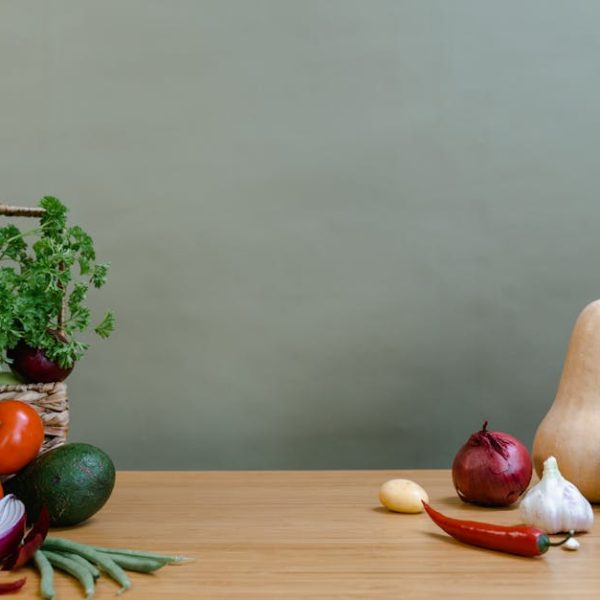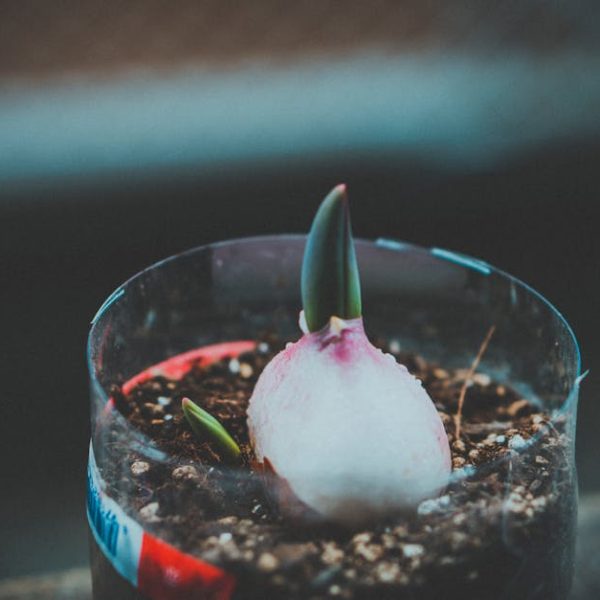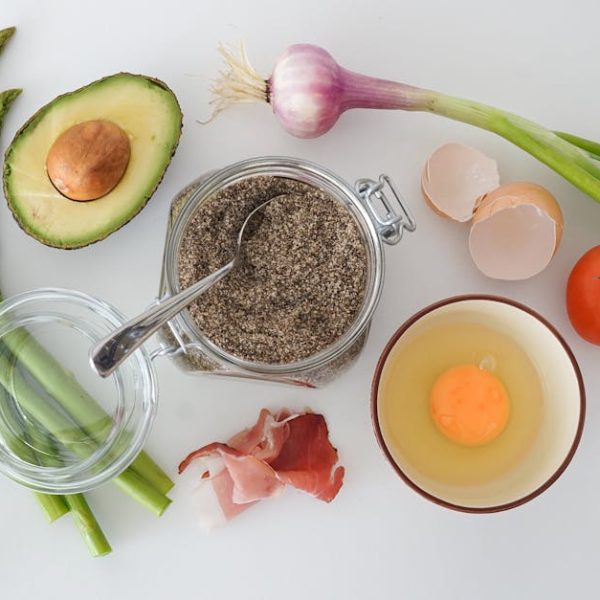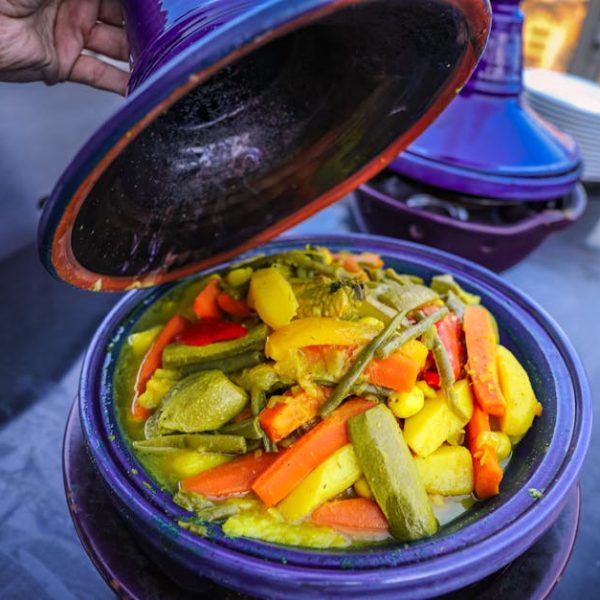Shallots and onions may belong to the same botanical family, Allium, but that does not make them identical. While they exhibit some similarities, the distinction between them is significant, especially from culinary, nutritional, and cultural perspectives. This article aims to demystify the differences and unique features of shallots and onions to enhance your understanding and culinary application.
Understanding What Shallots and Onions Are
Shallots and onions are bulbous plants, starring in recipes worldwide due to their unique taste and versatility. Onions are round, larger bulbs cloaked under a dry, papery skin varying in color—white, yellow, or red. Often used as a base for many cuisines, they serve as a primary ingredient in broths, roasts, and stir-fries among other dishes.
Shallots, on the other hand, are much smaller, elongated bulbs with a thin, coppery skin. They grow in clusters, almost like garlic, and have a delicate, sweet, and mild flavor, making them a prized ingredient in gourmet cooking and salad dressings.
Variety Across the Globe: The Allium family, which includes garlic and leeks alongside shallots and onions, boasts a vast array of shallot and onion varieties. These range from the mild and sweet Vidalia onions of Georgia, USA, to the tiny, pungent Asian shallots, prized in many Eastern cuisines.
Pro Tip: When selecting shallots and onions at the market, choose dry, firm bulbs with no soft spots or blemishes. Store them in a cool, dry place away from other fruits and vegetables to prevent premature spoiling.
Analyzing the Physical Differences Between Shallots and Onions
Spotting the difference between shallots and onions is relatively straightforward, thanks to their distinct physical attributes. Onions typically boast large, round bulbs, have thick layers inside, and their colors range from white to yellow to a deep purplish-red. In contrast, shallots are smaller, an elongated shape, and their skin exudes a golden, coppery hue. Internally, shallots have a clove-like structure, similar to garlic, which results in more pieces once peeled and sliced.
These physical distinctions translate functionally when cooking. For instance, shallots’ smaller size and more sections often require extra time to peel and chop but yield a more delicate infusion of flavor. On the other hand, onions—with their larger size—are quicker to prepare and provide a robust flavor, especially when caramelized.
Dissecting the Flavor Profiles of Shallots and Onions
The taste of shallots and onions, though similar, holds noticeable differences. Onions have a strong, pungent flavor that sweetens upon cooking. They shine when used in making stocks, caramelized for burgers or roasts, or even raw in salads. Shallots, with their subtle, sweet, and slightly garlicky flavor, are often preferred raw in dressings and sauces or lightly sautéed in stir-fries.
Effective Use of Shallots and Onions:
1. Use onions in hearty roasts, soups, and stews.
2. Pick shallots for delicate sauces, vinaigrettes, and gourmet dishes.
3. Try caramelizing both for a sweet, rich flavor.
4. Experiment raw onions in sandwiches and shallots in salsa for a wild flavor kick.
5. Leverage the power of onions in a sauté base for an utterly delectable meal.
Pro Tip: Due to their sweetness, caramelized shallots can be an effective substitute for onions in certain recipes. Conversely, small red onions can occasionally stand in for shallots when necessary.
Insights into the Nutritional Value of Shallots and Onions
Both shallots and onions are highly nutritious, providing a bundle of vitamins, minerals, and antioxidant compounds that contribute to wellbeing. They are low in calories and high in dietary fiber, taking care of gut health and supporting weight management.
Shallots are packed with Vitamins A, B, and C along with iron, calcium, and potassium. Essential for vision health, immune function, and maintaining strong bones. They also possess antioxidant and antifungal properties, as well as potential heart-health benefits.
Onions, while sharing many of the same health-promoting compounds like quercetin, are particularly rich in Vitamins C and B6, folate, and manganese. They are known for their powerful antioxidant and anti-inflammatory properties, with potential benefits ranging from improved blood sugar control to a reduced risk of cancer.
Nutritional Comparison (per 100g):
| Nutrient | Shallots (per 100g) | Onions (per 100g) |
|---|---|---|
| Calories | 72 kcal | 40 kcal |
| Carbohydrates | 16.8 g | 9.34 g |
| Sugars | 7.87 g | 4.24 g |
| Dietary Fiber | 3.2 g | 1.7 g |
| Protein | 2.5 g | 1.1 g |
| Fat | 0.1 g | 0.1 g |
| Vitamin C | 8 mg | 7.4 mg |
| Calcium | 37 mg | 23 mg |
| Iron | 1.2 mg | 0.21 mg |
| Magnesium | 21 mg | 10 mg |
| Potassium | 334 mg | 146 mg |
| Folate | 34 µg | 19 µg |
Adding both shallots and onions to your diet can not only uplift the flavor of your dishes but also contribute towards maintaining your health.
Interpreting the Cultural Significance of Shallots and Onions
Shallots and onions are hailed as cornerstone ingredients in diverse cuisines around the globe, carrying immense cultural significance. Onions are almost universally used, forming the foundation of cuisines as varied as Italian, Mexican, and Indian. They’re a staple in cooking stews in Africa, making broth in Europe, or pickling in Asia.
Shallots hold an essential place in French and Southeast Asian cuisines. In France, shallots are frequently used in classic sauces such as béarnaise. In Southeast Asia, particularly Thailand, shallots are used in pastes, curries, stir-fries, and pickles, adding bursts of flavor.
Role in Different Cuisines:
- Onions:
- Indian: Base for most curries and gravies
- Mexican: Included in salsas and grilled as a side
- Italian: Used as a base for numerous pasta sauces
- Shallots:
- French: Key in sauces like béarnaise and vinaigrette
- Thai: Common in pastes, stir-fries, and pickles
Best Practice: Honor the usage of these alliums where their contribution is iconic, like using Spanish onions for making sofrito in paella or shallots for making a traditional French shallot vinaigrette. Whenever possible, use the specific variety called for in a recipe to deliver the best flavor and maintain cultural authenticity.
By understanding the characteristics, distinctions, and best uses of shallots and onions, you’re well on your way to elevate your culinary adventures, appreciating not just the flavors but also the stories that these humble bulbs carry with them in each clove and layer.
Key Takeaway:
- Shallots and onions, while belonging to the same botanical family, Allium, offer distinct features in terms of physical appearance, flavor profiles, nutritional value and cultural significance.
- Onions are larger, round bulbs with a strong flavor that sweetens upon cooking and are often used in roasts, soups and stews.
- Shallots, however, are smaller, elongated bulbs with a delicate, sweet, mildly garlicky flavor preferred in dressings, sauces or lightly sautéed dishes.
- Both bring extensive health benefits, with shallots being rich in Vitamins A, B, and C, iron, calcium, and potassium, and onions packed with Vitamins C and B6, folate, and manganese.
- Their cultural significance is notable in various cuisines globally, with onions featuring universally and shallots being a key ingredient in French and Southeast Asian dishes.
Whether sweetening your meal with caramelized onions or enhancing a delicate sauce with shallots, these versatile bulbs are a healthy addition to your diet. Aside from boasting diverse culinary applications, they enrich your food not just with flavor but also with stories of cultural significance around the world.
FAQs
Q: Can I substitute shallots with onions in a recipe?
A: Yes, you can substitute shallots with onions, especially small red onions, if necessary. However, remember that their flavor profiles differ somewhat, with shallots being milder and sweeter.
Q: Are shallots or onions healthier?
A: Both are nutritious in their way. Shallots are packed with Vitamins A, B, and C, iron, calcium, and potassium, while onions are rich in Vitamins C and B6, folate, and manganese. It’s recommended to incorporate both into your diet.
Q: Can I use onions instead of shallots for sauces?
A: Yes, but remember that shallots tend to have a more delicate, mildly garlicky flavor that often shines through in sauces and vinaigrettes. The strong flavor of onions might overpower these delicate dishes.
Q: Are there any specific dishes where you would highly recommend the use of shallots?
A: Shallots are often preferred in French and Southeast Asian recipes, especially in delicate sauces, dressings, and lightly sautéed dishes due to their subtle taste.
Q: How should I store shallots and onions?
A: Store both shallots and onions in a cool, dry place away from other fruits and vegetables to prevent premature spoiling. Choose dry, firm bulbs with no soft spots or blemishes when selecting them.
Enjoy exploring the world of shallots and onions, and stay tuned for more food insights. Don’t forget to share this article with other food enthusiasts and explore more posts on our website!





